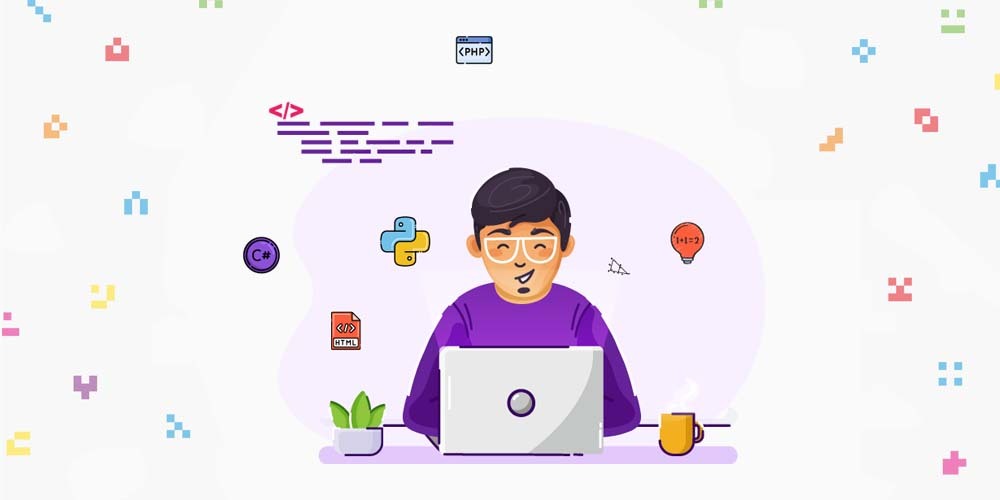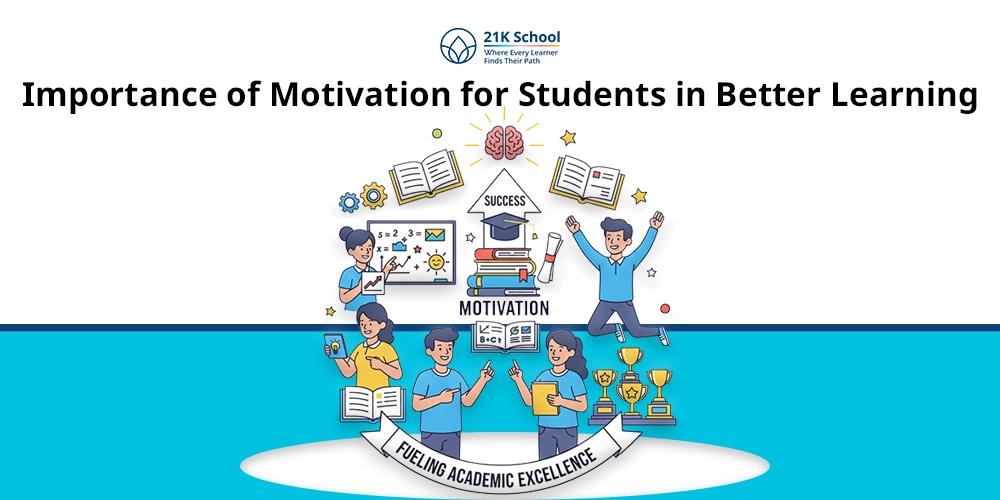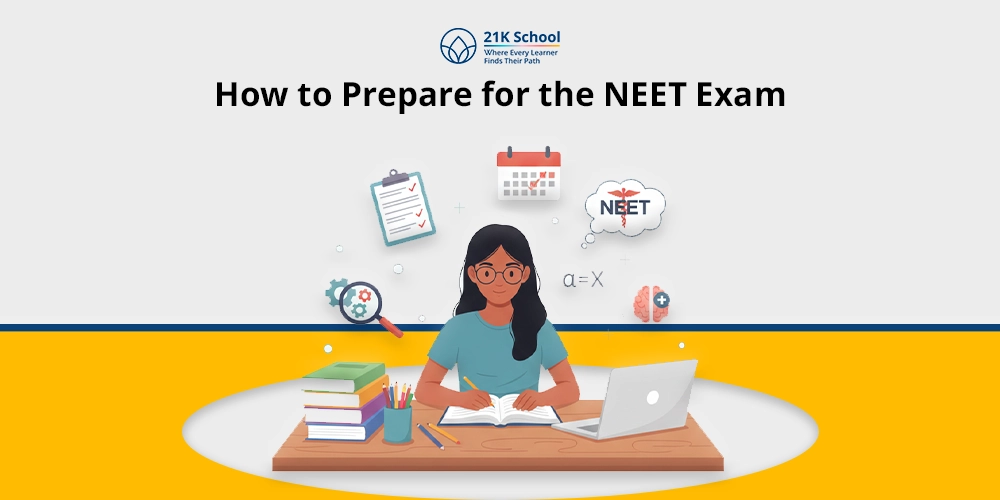
In today’s changing world, coding is not a niche skill reserved for computer scientists or mathematicians, it’s basic literacy for all.
Just like reading or doing simple math, anyone can read coding. Teaching kids how to code has become as essential as teaching them how to write.
With increasing industries and technology it’s time to gain 21st century skills to achieve success.
But have you ever thought about how to introduce something as complex as programming to a child?
The answer is block coding.
Block coding for kids is a game-changer for kids which offers a visual introduction to programming logic.
This guide is all about everything you need to know about block coding for kids—from what it is and why it’s important, to the best platforms and learning tips to get started.
Table of Contents
What is Block Coding?
Block coding is elementary and easy-to-learn coding and the most basic form of computer programming. It is used to create animated games, characters, and tales.
Block coding, also popular as block-based coding or visual coding. Here, text-based code is replaced with visual blocks that can be dragged and dropped to create programs.
The emphasis is on teaching young children to code by utilizing block coding instructions to create animated stories and games in a drag-and-drop learning environment, much like real-world blocks used to join together and make a building (software).
It is popular with young kids because of the different commands, functions, or operations, making it easier to understand and manipulate the logic of a program.
1. How Block Coding Works:
Block coding starts with a visual development environment where children select blocks from various options such as Motion, Events, Loops, Control, Looks, and Sound.
Then these blocks are color-coded and shaped to fit together. It’s like puzzle pieces, which helps kids to understand how sequences and logic work in programming.
Importance of Block Coding
Block Coding uses movable blocks of code that can be thrown into a development environment and patched together to form functional applications.
Neither learning syntax nor tiresome typing is necessary, making it ideal for kids. It is an important way to learn computer programming, especially for beginners and children.
When using block coding, you don’t have to worry about writing complicated lines of code; you use these blocks. Each of these blocks is pre-programmed to do a specific task.
Its main benefit is that it is a visual way to examine very expressive code, making coding enjoyable and exciting.
It would help if you got your kids interested in block programming as early as possible, particularly before ten, since it will help them develop the abilities needed to handle more complex programming.
Key Benefits of Block Coding Include:
- No Need of Complex Code:
Block coding is an excellent programming language for getting kids started with coding because it doesn’t need any code writing.
- Visual Learning for Easy Understanding:
Block coding leverages visual representation to make learning programming simple and more intuitive, especially for first timers.
It may be challenging for kids to understand complex lines of code and write them. Block coding perfectly accomplishes this.
- A Perfect Start for Beginners:
It is a fantastic first programming language for kids; as they get to know it and start doing projects, they will find learning it more accessible.
- Enhances Problem-Solving and Logical Thinking:
In addition to teaching kids how to code, it teaches them a wide range of other abilities like problem-solving, calculation, algebra, and creative thinking.
When you code, you usually have to rectify your mistakes, which forces you to come up with more straightforward and practical answers to issues.
Children can show their creativity by making various games and other projects using block coding.
In addition, children’s arithmetic and critical thinking abilities inevitably improve as they study the different complicated principles of computer programming
Guide to Getting Started with Learning Block Coding
Many resources are available for teaching block coding to children, but knowing which works best is crucial. Read on to learn about the best environment for kids to learn block coding.
1. Scratch
One of the best tools for teaching your kids the fundamentals of block coding is, without a doubt, Scratch. Not just block coding specifically, but all types of coding.
Explore what is scratch?
Downloading the Scratch app or the Scratch website is ideal for kids to learn about block coding. These will aid your child, in the beginning, to hone their block coding abilities right on the platform.
By completing the many tasks with an app like Scratch, kids as young as four can begin to build their coding skills.
Scratch is easy to pick up for newcomers. Visiting the site alone initiates a project without the need for signup. To use all of Scratch’s features, you must first register, which is also free.
Know more about scratch programming for kids in changing world of modern education.
Scratch allows you to create even 3D games, and with enough creative thinking, you can use it to accomplish anything.
It’s also been announced that a new version of Scratch called ScratchJr is now available and explicitly tailored toward children aged seven and under.
ScratchJr may be written for younger readers, but its visual elements encourage creative and logical thought in even the youngest of readers.
In addition, ScratchJr is a free programming tool for Chromebooks, Android, and iOS devices.
Block Coding Websites, Games and Apps for Kids
Block coding offers a wide variety of websites, games and apps for kids to make learning easy.
Here’s a more detailed understand at some of these options:
1. Block Coding Websites:
Block coding websites is the best way for kids to learn programming through colorful, drag-and-drop interfaces.
Some popular websites include Tynker, Code.org, Kodable, and Music Blocks, each one is unique and facilitates different age groups and learning styles.
These platforms provide fun and accessible basics of coding concepts, fostering creativity and problem-solving techniques.
2. Block Coding Games:
Block-based coding games are an engaging approach designed for kids to learn the fundamentals of programming. This can be done by drag-and-drop blocks instead of typing code.
The games include Code Karts, Blockly Games and Box Island where kids get puzzles, challenges, and interactive environments. This helps in problem-solving and creative thinking skills.
3. Block Coding Apps:
Block coding apps are designed to be engaging and accessible, making learning to code fun for young learners.
Some commonly used apps for block coding are Stencyl, ScratchJr and CodeSpark Academy.
Conclusion
Block coding is not just simply teaching techniques about how to program. It’s about thinking like a creator in a world driven by technology.
From designing animations to building logic-based games, block coding unlocks creativity, sharpens the mind, and builds confidence.
Compared to text coding, the simplicity of block coding makes it a great place to start if you want your kids to learn how to code.
While it may sound like child’s play, it applies the same complex coding techniques, meaning that your kids will learn the fundamentals of coding without ever recognizing it or needing to read textbooks.
Whether your child dreams of becoming a game designer, scientist, artist, or engineer, coding gives them a head start.
It’s time to open up Scratch, drag your first block, and let the creative journey begin with confidence. To know more about coding and programming visit 21K school blogs section today!


